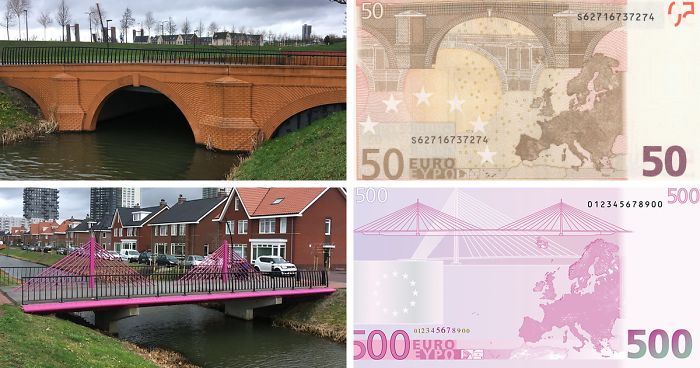
Euros Bills Were Intentionally Drawn Not To Represent Real Bridges, So This Guy Built Them One By One On This River
Interview With ArtistDutch designer and illustrator Robin Stam has permanently changed the landscape of one corner of the Netherlands. Taking inspiration from the bridges depicted on euro banknotes, Stam had decided to turn them into reality. Funnily enough, the images of bridges on the euro banknotes were completely imaginary and didn’t actually exist anywhere in Europe. They were Austrian artist Robert Kalina’s way of echoing the major ages and architectural styles of Europe.
Designer Stam thought it was a pity the bridges were fictional, so he rolled up his sleeves and brought them to life. Now, Stam’s colorful and iconic bridges, built near a housing estate, continue to brighten up the city of Spijkenisse, near Rotterdam, for nearly a decade.
Stam told Bored Panda more about his bridge project, the moment when he came up with the idea, and about the design and building process. Read on for our interview with him.
More info: RobinStam.nl | Instagram
5 Euro — Classical
Image credits: atlasobscura
Image credits: atlasobscura
10 Euro — Romanesque
Image credits: atlasobscura
Image credits: atlasobscura
20 Euro — Gothic
Image credits: atlasobscura
Image credits: atlasobscura
50 Euro — Renaissance
Image credits: atlasobscura
Image credits: atlasobscura
100 Euro — Baroque and Rococo
Image credits: atlasobscura
Image credits: atlasobscura
200 Euro — Age of Iron and Glass
Image credits: atlasobscura
Image credits: atlasobscura
500 Euro — Modern 20th-century architecture
Image credits: atlasobscura
Image credits: atlasobscura
“When the new banknotes were introduced, I wasn’t really surprised by the design. Years later, I was fascinated by the concept of the design of something as big as money. So I checked out the concept and design of Robert Kalina, the designer of the Euronotes. In addition to windows and gateways, these seven banknotes also depict several bridges,” Stam said.
“Each bridge has an individual appearance, all of which can be recognized as having originated throughout certain periods in European cultural history. The bridges are meant to illustrate the tight collaboration and communication between Europe and the rest of the world in general, but more importantly, amongst the European countries in particular. However, the bridges portrayed in the banknotes are fictional.”
“I was sitting in a pizza place with the bill when I first thought of the fact that it would be amazing if these fictional bridges suddenly turn out to actually exist in real life,” he revealed the moment when he came up with the idea.
Before the bridges ever became a reality, the Stam carried the idea around in his head for a while. “I made some illustrations of it and that was that. Just another idea. I talked about my projects with someone and I realized that this was a good idea.”
Stam got in touch with the City Council of Spijkenisse, where he was born and raised. The designer spoke to the council about his project and he found out that there was a new housing project surrounded by water. “I gave a couple of presentations and before I knew it there was a whole team working on my idea,” he shared.
The project was finished in 2014. That’s when Stam and a couple of good friends started ‘ROTGANZEN.’
“‘ROTGANZEN’ is a design studio that bridges art and design, and finds inspiration in daily life and popular culture. We’re most famous for the melting disco ball,” Stam shared.
Image credits: thebridgesofeurope
Image credits: thebridgesofeurope
People adored Stam’s project
Image credits: page_eco
Image credits: MarianneInBxl
Image credits: c4ble78
Image credits: AndyESherman
Stam got a letter of approval for his project from the European Central Bank and he even cinched the support of the Spijkenisse city council. They financed his project with 1.3 million dollars which was around a quarter more expensive than what a more simple set of bridges would have cost.
However, the council thought of it as an investment in the future. “All the attention is more than worth it,” Spijkenisse alderman Gert-Jan ’t Hart told Bloomberg in 2012.
Designer Stam wanted to give the bridges an exaggerated theatrical appearance. However, because he didn’t have a background in architecture or engineering, he worked with an entire team of experts to turn his vision into reality. Most of the bridges were built by pouring colored concrete into wooden molds with relief patterns. However, the two more modern bridges (the 200 and 500 euro bill ones) were built using steel.
Artist Kalina’s drawing on the 5 euro bridge represents Classical Antiquity. Meanwhile, the 10 euro bridge represents the Romanesque period. The 20 euro bridge depicts the Gothic period, the 50 euro one is from the Renaissance, the 100 euro bridge represents Baroque and Rococo, and the 200 euro note represents the Age of Iron and Glass architecture. Finally, the 500 euro note depicts modern 20th-century architecture.
The 7 banknotes picturing Kalina’s drawings came into circulation in the European Union on January 1, 2002. The bridges are a metaphor for the cooperation and communication between European nations and between Europe and the rest of the world.
https://nl.wikipedia.org/wiki/Spijkenisser_Eurobruggen are the locations so you can find them easily on Google maps.
It's a pity would couldn't put actual monuments or people on our bank notes. But the bickering among countries over that would have been endless.
https://nl.wikipedia.org/wiki/Spijkenisser_Eurobruggen are the locations so you can find them easily on Google maps.
It's a pity would couldn't put actual monuments or people on our bank notes. But the bickering among countries over that would have been endless.
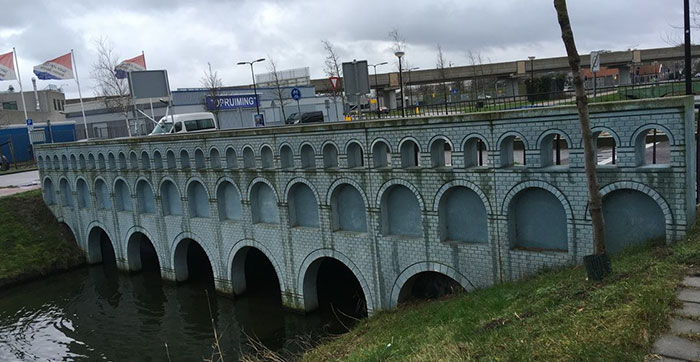
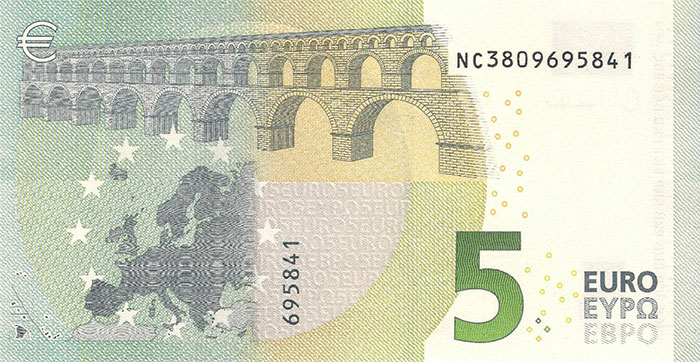
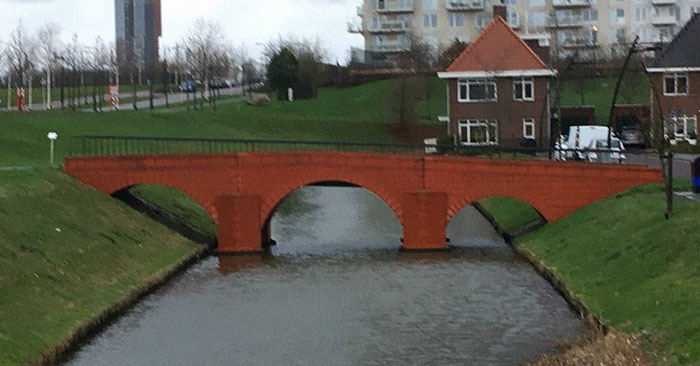
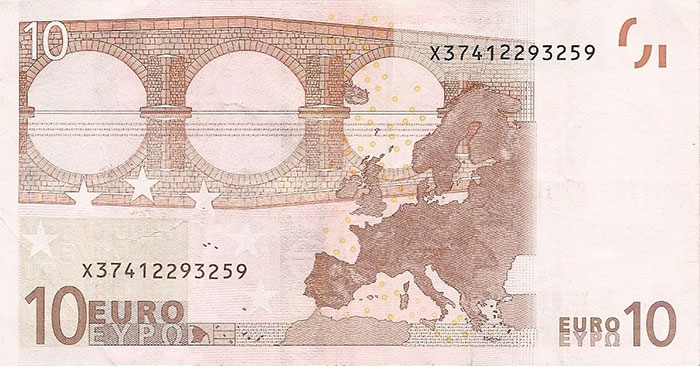
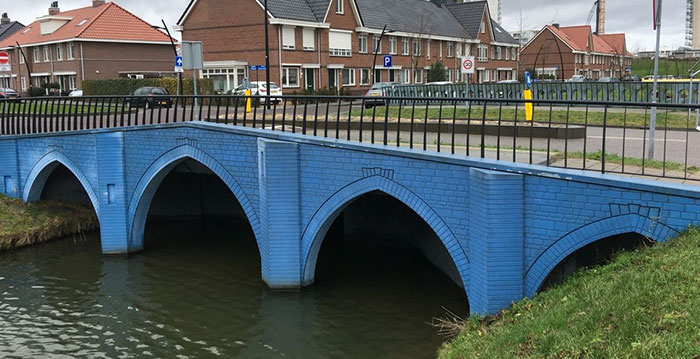
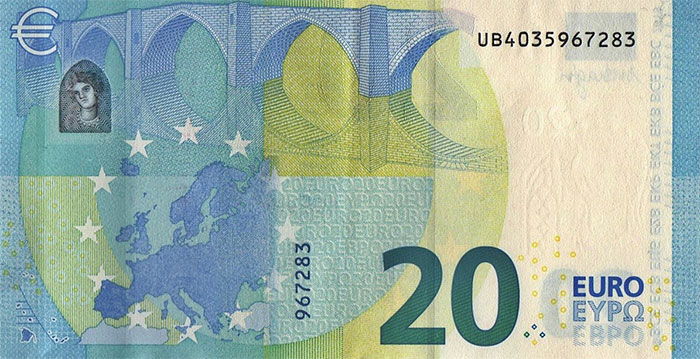
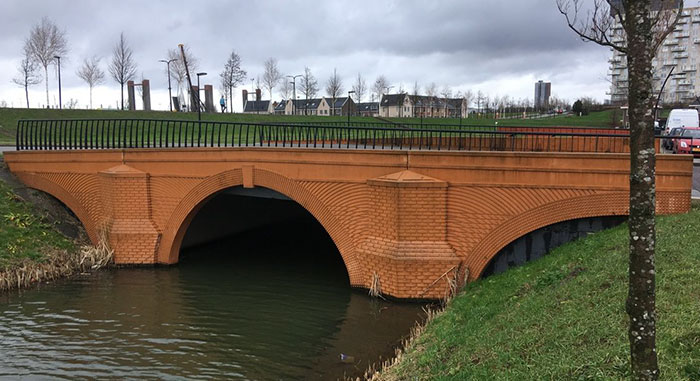
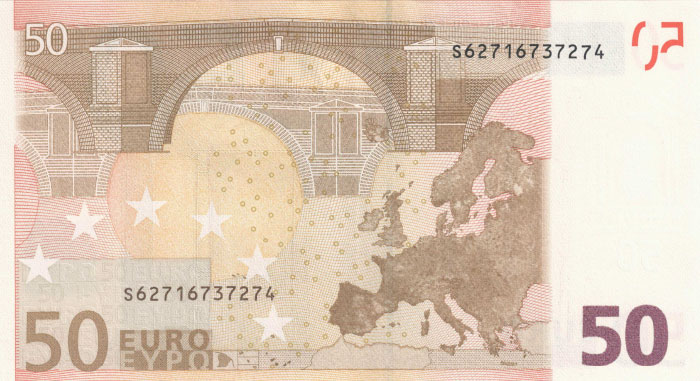
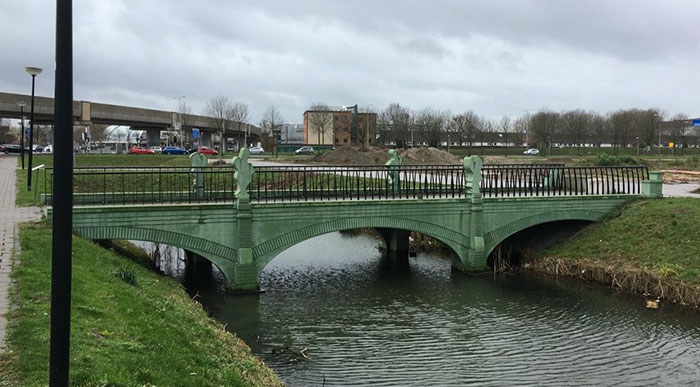
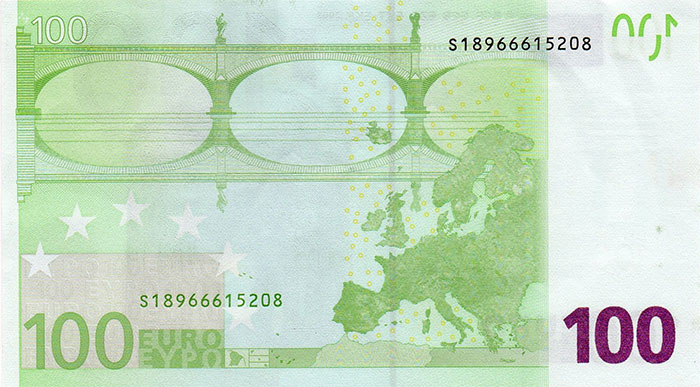
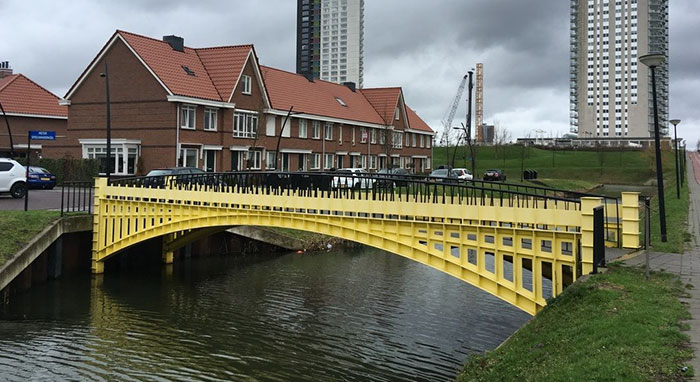
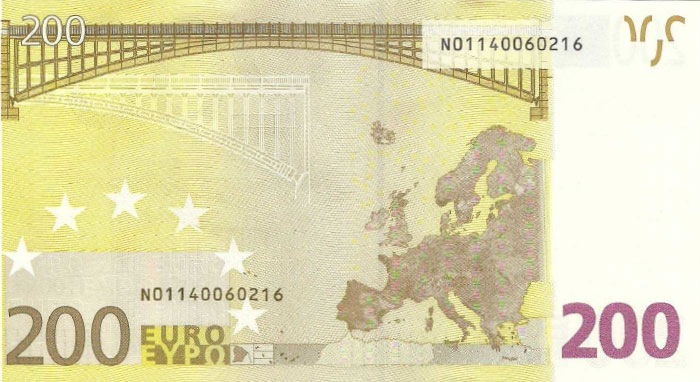
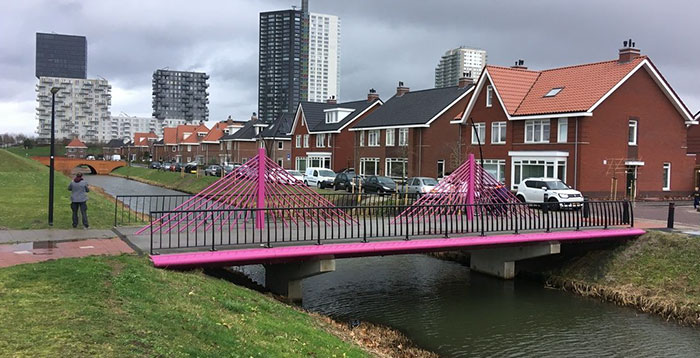
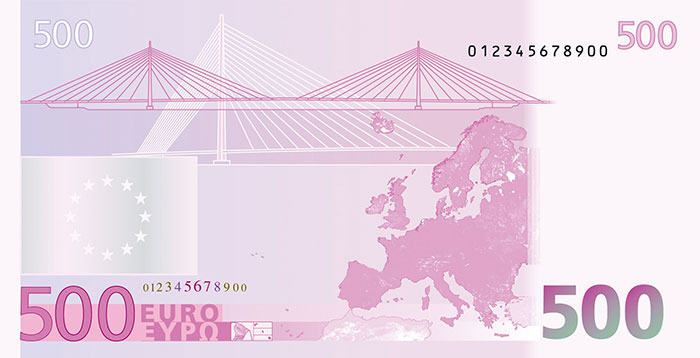
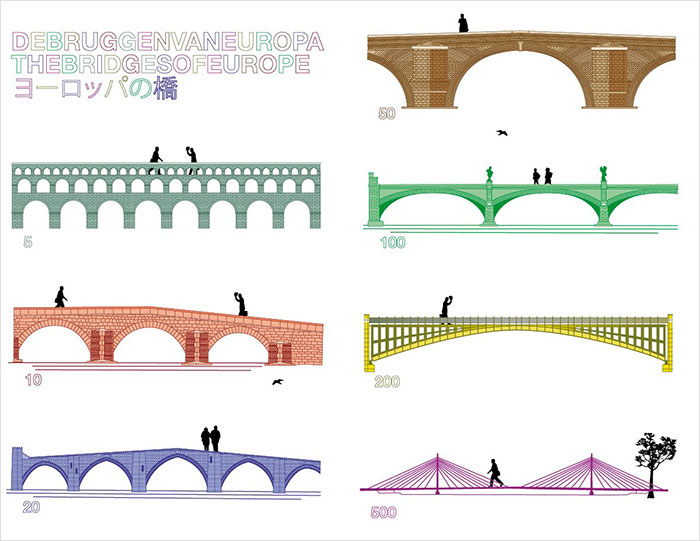
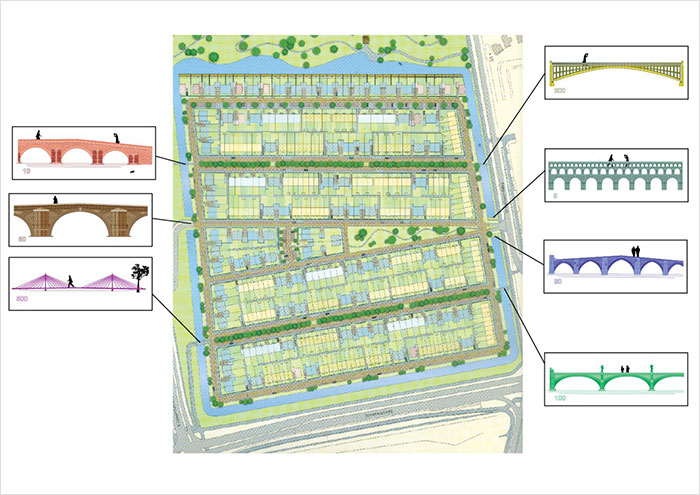








105
10